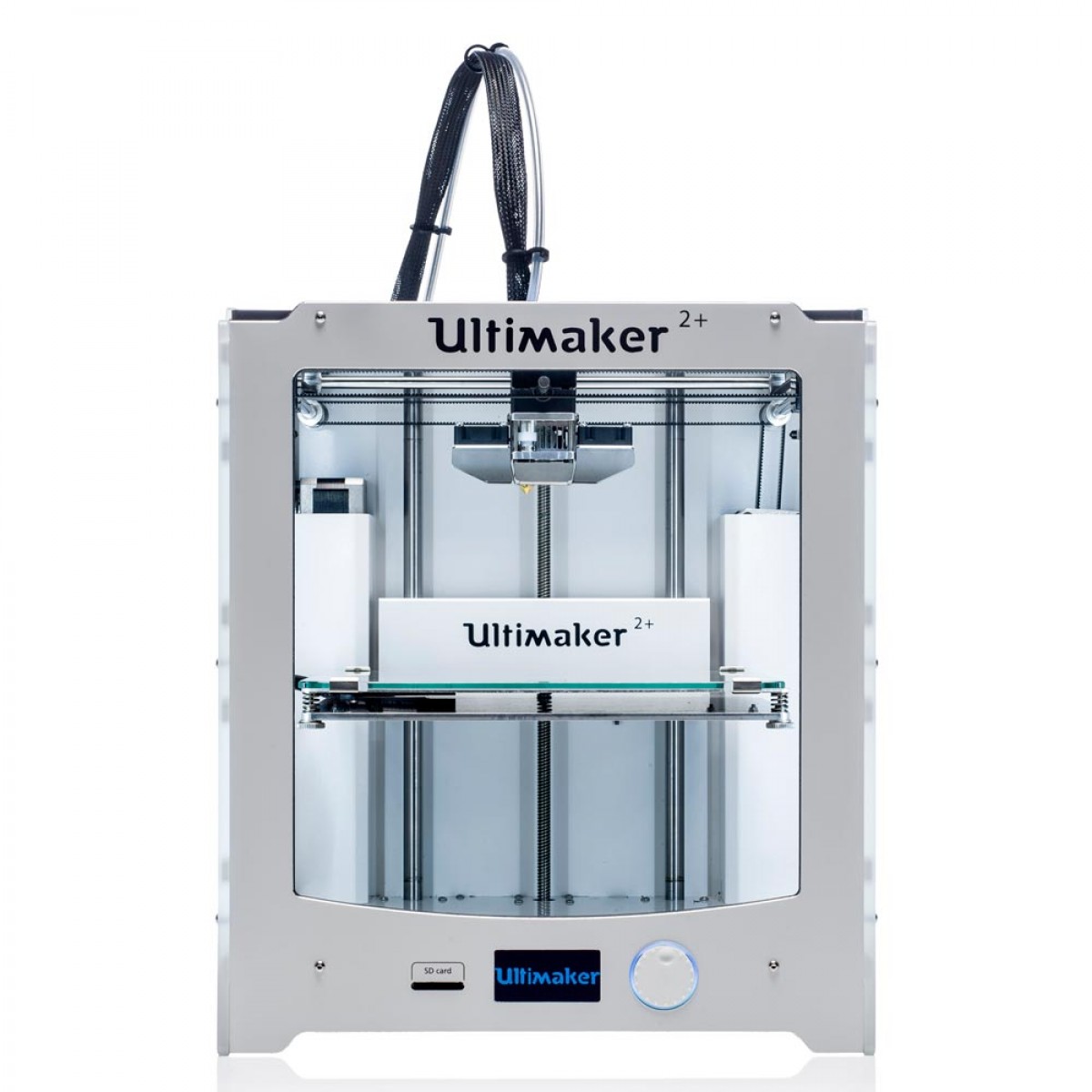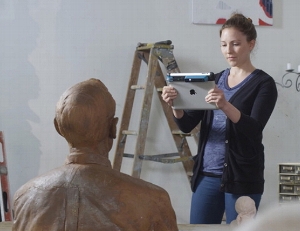3D Printing
If you would like to use Burke’s 3D Printers, please fill out the 3D Printing Request Form.
3D printers allow you to turn digital objects into physical forms. The objects can come from a variety of sources, including 3D scanning equipment, downloads from the Internet, or designs made using 3D modeling software such Simplify3D and Tinkercad. Our Ultimaker 2+ and Flashforge Creator Pro 3D printers can then print these designs using non-toxic and biodegradable PLA filament. 3D printers can be useful for creating solid models of molecular structures, custom parts, or even prosthetic devices.


Here is a picture of the 3D Printers in the Research and Design Studio:

Our 3D Printers are available to use via appointment. If you wish to print, please fill out the 3D Printing Request form, also available as a link in the right sidebar. We add all appointments to the calendar below, which should help you plan your use of the printers.
3D Pens
Like 3D printers, 3D Pens use non-toxic, biodegradable, PLA filament to let you create “pieces and parts” of whatever you want. 3D Pens are a fun and fast way to learn about 3D “making.” Experiment with using 3D drawing with other types of objects such as metal, stone, or glass.


3D Scanning
The Occipital Structure Sensor
While you can, given enough time, create a 3D model of any object or space from scratch, a  lot of effort and time may be saved by importing an existing object, say a wheel, instead of recreating it. Is there a 3D counterpart to a 2D flatbed scanner, which many of you have likely used?
lot of effort and time may be saved by importing an existing object, say a wheel, instead of recreating it. Is there a 3D counterpart to a 2D flatbed scanner, which many of you have likely used?
We are happy to report that we have one of the closest things to it (and it's a whole heck of a lot more fun than a flatbed): an Occipital Structure Sensor!
 When paired with a tablet or smartphone, the Structure Sensor makes possible the digitization of objects and spaces both great and small: from a toy to an entire room.
When paired with a tablet or smartphone, the Structure Sensor makes possible the digitization of objects and spaces both great and small: from a toy to an entire room.
These models can be printed on 3D printers, explored on a screen, or even imported into software on our Game Creation Workstation.
The scanner is mobile and we are excited about the possibilities of using it in any part of the campus. Please contact us if you would like to arrange to use the Occipital Structure Sensor outside the Research and Design Studio!
To help better explain and demonstrate the capabilities of this exciting new technology, here is a video:
Contact
Research & Instructional Design Staff
